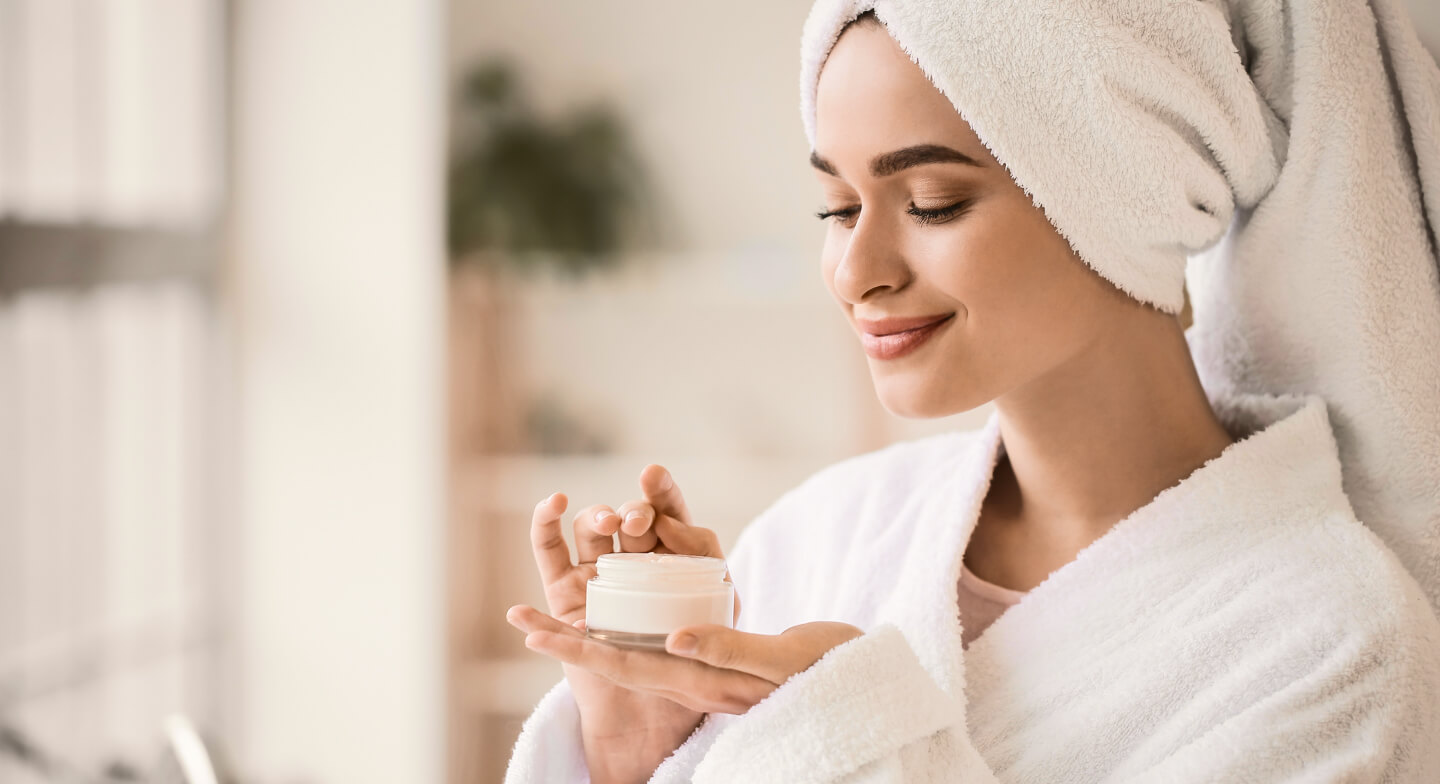Hyperpigmentation is a common skin condition that results in dark patches or spots on the skin, often caused by excessive melanin production.
This can occur due to various factors, including sun exposure, hormonal changes, and inflammation. While many treatments, as UVB Treatment, are available, incorporating specific ingredients into your skincare routine can significantly improve the appearance of hyperpigmentation. Below is a comprehensive guide to some of the best ingredients known for their effectiveness in combating this condition.
1. Vitamin C
Vitamin C is a powerful antioxidant that plays a crucial role in skin health. It helps to brighten the skin and reduce the appearance of dark spots by inhibiting melanin production. Additionally, Vitamin C can protect the skin from sun damage and improve the overall texture and tone. Skincare products that contain stable forms of Vitamin C, such as ascorbic acid or sodium ascorbyl phosphate, are ideal for targeting hyperpigmentation.
Usage Tip: Incorporate a Vitamin C serum into your morning routine for optimal results. Look for concentrations between 10% to 20% for the best efficacy.
2. Niacinamide
Niacinamide, also known as Vitamin B3, is a versatile ingredient that offers multiple benefits for the skin. It helps to reduce the production of melanin, resulting in a more even skin tone. Furthermore, niacinamide has anti-inflammatory properties, making it excellent for those dealing with post-inflammatory hyperpigmentation, often seen after acne or other skin injuries.
Usage Tip: Use niacinamide in the form of serums or creams. A concentration of 5% to 10% is generally recommended for effective results.
3. Hydroquinone
Hydroquinone is a potent bleaching agent that works by inhibiting an enzyme necessary for melanin production. It can lighten dark spots and even out skin tone when used correctly. However, it’s essential to use hydroquinone under the supervision of a dermatologist, as prolonged use can lead to side effects like skin irritation or a condition called ochronosis, which causes a bluish-black discolouration.
Usage Tip: Typically, hydroquinone is applied twice daily to the affected areas. Consult with a dermatologist before starting treatment to ensure it is safe for your skin type and condition.
4. Retinoids
Retinoids, which include retinol and prescription-strength alternatives like tretinoin, are derived from Vitamin A. They promote cell turnover and help exfoliate the top layers of skin, encouraging the growth of new skin cells. This process can effectively fade hyperpigmentation and improve overall skin texture. Retinoids also encourage collagen production, which benefits skin elasticity.
Usage Tip: Introduce retinoids gradually into your skincare routine, starting with a low concentration to minimize irritation. Apply them at nighttime and always use sunscreen during the day, as retinoids can increase sun sensitivity.
5. Alpha Hydroxy Acids (AHAs)
AHAs, such as glycolic acid and lactic acid, are chemical exfoliants that help to remove dead skin cells from the surface. This exfoliation process can prevent the buildup of pigment and promote a more even skin tone. AHAs can also improve skin texture and hydration, making them an excellent addition to any skincare routine.
Usage Tip: Use AHA-based exfoliants once or twice a week, depending on your skin’s tolerance. Look for products with a concentration of 5% to 10% for optimal results.
6. Beta Hydroxy Acid (BHA)
Salicylic acid, a type of BHA, penetrates deep into the pores and helps to exfoliate the inside of the follicle. It is particularly beneficial for those whose hyperpigmentation is linked to acne or oily skin, as it helps clear clogged pores and reduce inflammation. Regular use of salicylic acid can promote a clearer complexion and a more even skin tone.
Usage Tip: Incorporate BHA into your routine 2-3 times a week as a part of your cleansing or toning steps.
7. Licorice Extract
Licorice extract is a natural ingredient known for its skin-brightening properties. It contains glabridin, which inhibits melanin production and can help to fade dark spots without harsh side effects. Additionally, licorice extract has anti-inflammatory properties that can soothe irritated skin.
Usage Tip: Look for serums or creams that feature licorice extract and apply them consistently for noticeable results.
8. Azelaic Acid
Azelaic acid is a naturally occurring acid that has anti-inflammatory and antibacterial properties. It helps to reduce the appearance of hyperpigmentation by inhibiting melanin production and promoting cell turnover. Azelaic acid is particularly effective for individuals with acne-prone skin or rosacea.
Usage Tip: Use azelaic acid in a gel or cream formulation, applying it twice daily after cleansing.
9. Kojic Acid
Kojic acid, derived from fungi, is another effective ingredient used to lighten hyperpigmentation. It works by inhibiting the enzyme tyrosinase, which is involved in melanin production. Kojic acid has antioxidant properties and can also help to protect the skin from damage.
Usage Tip: Incorporate kojic acid in serums or creams, using them as directed. It’s essential to follow up with sunscreen, as kojic acid can increase sun sensitivity.
10. Birch Juice
Birch juice is a lesser-known ingredient packed with vitamins and minerals that promote healthy skin. It has natural exfoliating properties that can help to even out skin tone and brighten hyperpigmented areas. Birch juice also hydrates the skin and enhances its overall appearance.
Usage Tip: Look for products containing birch juice as an ingredient, particularly in moisturizers or serums.
Conclusion
Achieving a more even skin tone and reducing hyperpigmentation can be effectively managed with the right ingredients in your skincare routine. Whether you opt for potent agents like hydroquinone or prefer natural extracts like licorice and birch juice, consistency and patience are key. Always remember to apply sunscreen daily, as UV exposure can exacerbate hyperpigmentation. For any new treatments or concerns, consulting a dermatologist is highly recommended to create a personalized plan tailored to your skin’s specific needs.

